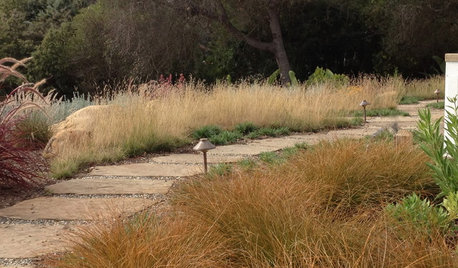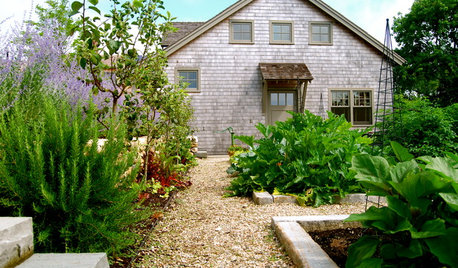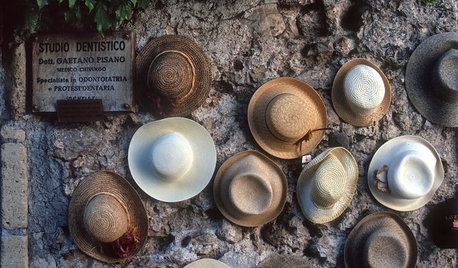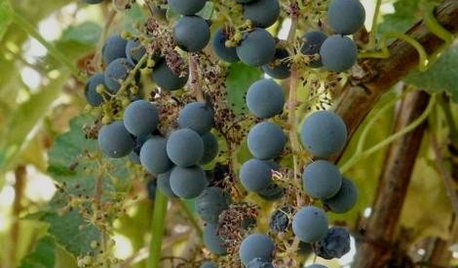Sand + clay controversy
madtripper
16 years ago
Related Stories

GARDENING GUIDESGardening Solutions for Heavy Clay Soils
What’s a gardener to do with soil that’s easily compacted and has poor drainage? Find out here
Full Story
GARDENING GUIDESHow to Stop Worrying and Start Loving Clay Soil
Clay has many more benefits than you might imagine
Full Story
COLORNew Reasons to Love and Decorate With Yellow
Learn some of this controversial color’s history and associations — you might just see it in a different light
Full Story
ORANGEColor Guide: How to Use Yellow Ocher
Earthy and warm, this ancient color evokes the sands of time as well as speaks to modern decorating sensibilities
Full Story
GARDENING GUIDESGreat Design Plant: Bouteloua Curtipendula
Hot, dry clay or rocky soils are sideoats grama’s pleasure ground
Full Story
GARDENING GUIDESHave Acidic Soil in Your Yard? Learn to Love Gardening Anyway
Look to acid-loving plants, like conifers and rhododendrons, to help your low-pH garden thrive
Full Story
GARDENING GUIDESThe Simple Secret to Gardening Success
Learn the kinds of soil and a DIY type test to make sure you’re putting the right plant in the right place
Full Story
COLORNature’s Color Wisdom: Lessons on Earth Tones From the Great Outdoors
Look to the land for hues that are grounding, soothing and endlessly versatile
Full Story
GARDENING GUIDES6 Dependable Ground Covers for Warm Climates
Swap some lawn for these drought-tolerant clumping plants — and watch your maintenance efforts diminish while they easily grow
Full Story
GARDENING GUIDESGreat Design Plant: Try California Wild Grape for Interest All Year
Sure, it’s stunning in fall. But the spring buds, summer grapes and gnarled winter vines are gorgeous too
Full StoryMore Discussions






bpgreen
Belgianpup
Related Professionals
Simpsonville Landscape Architects & Landscape Designers · Jennings Landscape Architects & Landscape Designers · Piqua Landscape Architects & Landscape Designers · Severn Landscape Architects & Landscape Designers · Biloxi Landscape Contractors · Chelmsford Landscape Contractors · Concord Landscape Contractors · Kerman Landscape Contractors · Lakewood Landscape Contractors · Royal Oak Landscape Contractors · Centreville Decks, Patios & Outdoor Enclosures · Haddonfield Decks, Patios & Outdoor Enclosures · Kissimmee Decks, Patios & Outdoor Enclosures · Lincoln Decks, Patios & Outdoor Enclosures · Mitchellville Decks, Patios & Outdoor Enclosuressquirrellypete
object16
Kimmsr
squonnk
Lloyd
gardengal48 (PNW Z8/9)
pls8xx
idaho_gardener
idaho_gardener
dchall_san_antonio
Kimmsr
bpgreen
squonnk
madmagic
idaho_gardener
madtripperOriginal Author
madtripperOriginal Author
squonnk
squonnk
squonnk
pls8xx
squonnk
elphaba_gw
madtripperOriginal Author
madtripperOriginal Author
Kimmsr
squonnk
madtripperOriginal Author
squonnk
idaho_gardener
sawdust_maker
pls8xx
squonnk
pls8xx